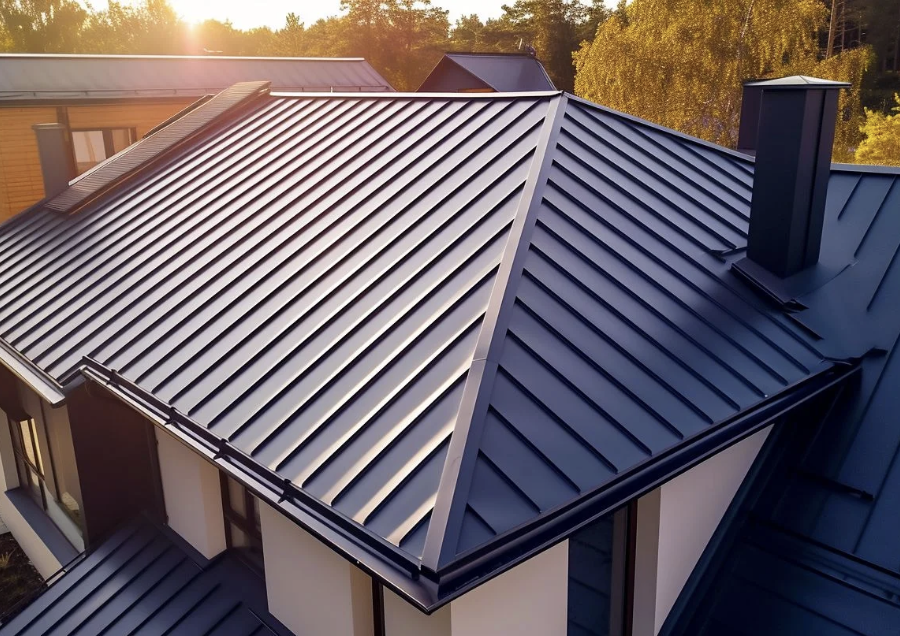
The Pros and Cons of Different Roofing Materials Unveiled Oct 22, 2025
Let’s begin by discussing asphalt shingles, undoubtedly the most popular roofing material in the industry. These shingles are favored for their affordability and ease of installation. Available in various colors and styles, asphalt shingles can suit many architectural styles, adding curb appeal without breaking the bank. However, their lifespan typically ranges from 15 to 30 years, which is shorter compared to other materials. Additionally, they are more susceptible to damage from severe weather conditions like high winds or hail.
Metal roofing has gained traction for its durability and energy efficiency. Available in an array of metals such as aluminum, steel, or copper, metal roofs are known for their impressive longevity, often lasting 40-70 years. They effectively reflect the sun's heat, which can result in lower cooling costs during warmer months. Despite these advantages, the initial installation cost of metal roofing can be higher. Additionally, improper installation can lead to issues with noise from rain or hail.
Clay and concrete tiles offer a distinct, classic look that enhances the aesthetic appeal of many homes. These materials are incredibly durable, often lasting up to 50 years or more, and provide excellent fire resistance. However, these tiles are heavyweight, requiring a strong structural foundation. They can also be more expensive upfront compared to other roofing options.
Wood shingles and shakes are preferred for their natural appearance and ability to blend seamlessly with natural landscapes. Though aesthetically pleasing, wood shingles require regular maintenance to prevent issues like mold, rot, and insect infestation. Additionally, they are not as fire-resistant as other materials unless specially treated.
Slate is one of the most durable roofing materials, with a lifespan that can exceed 100 years. This material offers an unparalleled elegance and can significantly boost the property’s value. However, slate is among the most expensive roofing materials and requires specialized skills for installation, which can drive up labor costs.
Finally, consider synthetic roofing materials, which mimic the appearance of materials like slate or wood but are designed to be more affordable and lightweight. They typically offer easier installation and require less maintenance. However, the trade-off can be a shorter lifespan compared to natural materials, and they may not provide the same durability under severe weather conditions.
In conclusion, there is no one-size-fits-all solution when it comes to choosing roofing materials. Each option has its unique set of advantages and drawbacks. To make the best decision, consider factors such as budget, climate, desired aesthetic, and the structural aspects of your building. The experienced team at OTG Roofing and Construction can guide you through this decision-making process, ensuring that your choice aligns perfectly with your needs and expectations. Remember, investing time and research into the right roofing material now can prevent costly repairs and provide peace of mind for decades to come.
/filters:no_upscale()/media/38bf41b9-bc90-478e-a1ab-7946e6b6261a.png)
/filters:no_upscale()/filters:format(webp)/media/092e5ccc-94d8-407b-88f5-59ab2c6c8911.png)